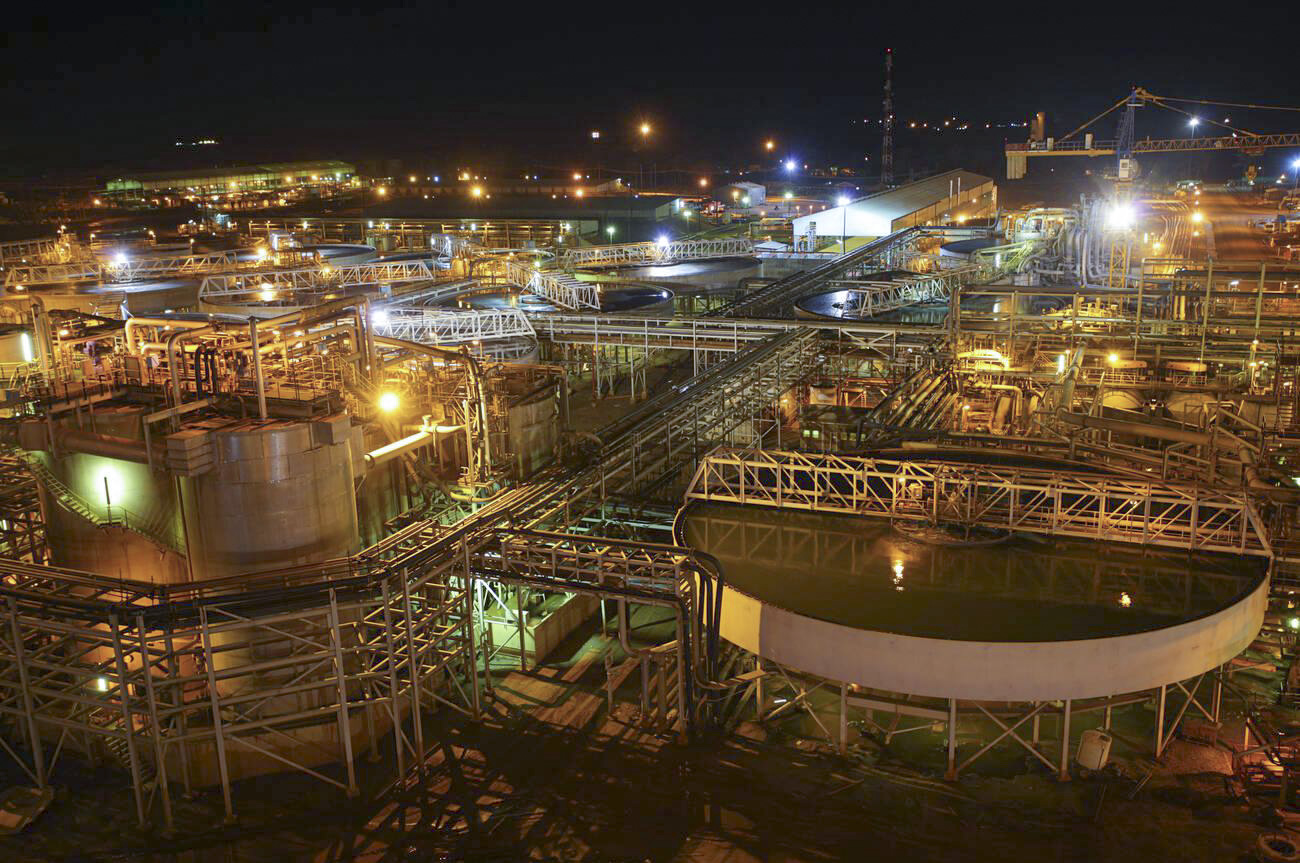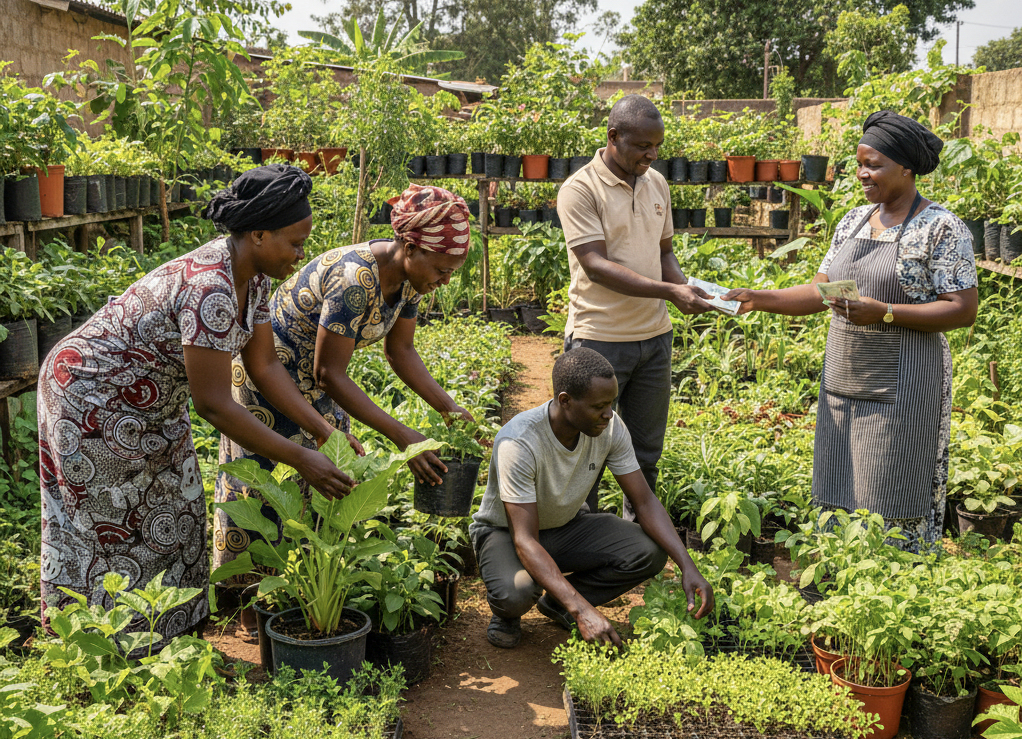Imagine, if you will, a near-perfect, almost utopic business environment where just about everything that you require to succeed is at your disposal, with relative ease, too. Such a reality is beyond mere coincidence but rather the result of years of playing to strengths whilst setting parameters that create an environment for businesses to not only take root but thrive. The phrase “Zambia is open for business” best encapsulates the current developments within Zambia’s business-enabling environment.
Recently, global consulting giant KPMG, in an independent assessment, ranked Zambia as the seventh out of ten preferred countries in Sub-Saharan Africa for investment opportunities in the next two years. This reality is firmly within Zambia’s grasp, and foundations are being laid to fortify the ground for potential investors. According to the latest PACRA Annual Report, 80 foreign companies have been registered in Zambia, indicating robust and steady growth from the 69 companies reported in 2019. This triumph is a precursor of the greater potential the local economy possesses.
Optimally, Zambia is poised at the centre of the Sub-Saharan trade routes. It provides the ideal hub, gateway and throughput from east to west and north to south. With over eight neighbouring capital cities within a 1,548-kilometre radius, Zambia provides unbridled and unmatched levels of connectivity with 13 airlines granting unlimited destination options through the Middle East, East Africa and South Africa.
This advantageous position is bolstered further by superb market access throughout the region. With Zambia’s membership to both the Common Market for Eastern and Southern Africa (COMESA) and the Southern Africa Development Community (SADC), Zambia is a point of access to both the COMESA market, with its combined population of 492.5 million people and a GDP of USD657.4 billion, and the SADC market, which has a combined population of 293 million consumers and boasts a GDP of USD700 billion. The potential presented by this level of market access alone is an incredibly attractive proposition for any investment advisor.
Zambia’s international investment outlook is optimistic, as is evident in reports by the US Department of State in their 2023 Investment Climate Statement and the Embassy of Ireland’s Guide to Doing Business in Zambia, both drawing the consensus that Zambia offers numerous investment incentives and concessions for expanded trade across various sectors including the agriculture, healthcare, energy, financial services, and ICT sectors in the country. These incentives are derived from the Zambia Development Agency Act of 2006 (amended in 2014), which provides for investment thresholds to qualify for fiscal and non-fiscal incentives. It must be noted that fiscal incentives are the preserve of Category One investors. Category One investors are defined as investors investing USD500,000 and above in a Multi-Facility Economic Zone (MFEZ), an Industrial Park in a Priority Sector, or an investment in a Rural Enterprise under the ZDA Act. These investments are entitled to lucrative and attractive incentives, namely a zero per cent tax rate on dividends for five years from the year of the first declaration of dividends, zero per cent tax on profits for five years from the first year of operation, and zero per cent import duty rate on capital goods, machinery including specialised motor vehicles for five years.
Over the years, Zambia has built up a solid reputation in the sub-Saharan region as a safe bet for investment, particularly infrastructure development. Such projects include the Link 8000 Road Project, an ambitious, accelerated road development initiative launched in 2013 and aimed at making Zambia truly land-linked, and even more recently, the railroad network interconnector through the Lobito Corridor and the Walvis Bay Corridor to make access to the Atlantic Ocean trade route a viable and affordable option for both importers and exporters alike.
On the aviation front, infrastructure development has yielded four airports that can service international air traffic. These modern facilities are spread across Lusaka, Ndola, Livingstone and Mfuwe, with local flight access to the North-Western and Northern Provinces through Solwezi Kasama. Furthermore, astute investment is increasing on the cold-chain front in readiness for increased inflows and outflows of perishables that require guaranteed sub-zero temperatures, with several players positioning their facilities for ready access to markets in any direction.
Boasting relatively affordable land coupled with a policy that does not disadvantage foreign land ownership for investment purposes, Zambia has swung wide the doors for viable establishment and growth of businesses within its borders. The Zambian market continues to entice with its superior cell phone network coverage, internet connectivity, and extensive media outlet availability, with more than 100 radio stations and 30 television stations nationwide. Communication with potential clients presents no problem at all.
According to Macrotrends, Zambia boasts an impressive local literacy rate of almost 90 per cent, signalling the availability of highly skilled labour. In addition, flexible and favourable financial laws allow seamless internalisation and externalisation of funds through an international, credible financial sector, comparatively lower crime rates, lower morbidity, and mortality rates in comparison to most sub-Saharan countries, coupled with an emerging robust health system, offering facilities across the country, all make for an attractive and enticing package for the would-be investor.
With the growth in greenfield investments worth an impressive USD 1,698 million in 2022, according to the United Nations Conference on Trade and Development’s (UNCTAD) latest data, everything seems right for things to fall neatly into place on the investment front. It is just a matter of catching and harnessing the positive wind driving the Zambian business landscape. It’s a great time to be alive and a great time to leap into investing in Zambia!








